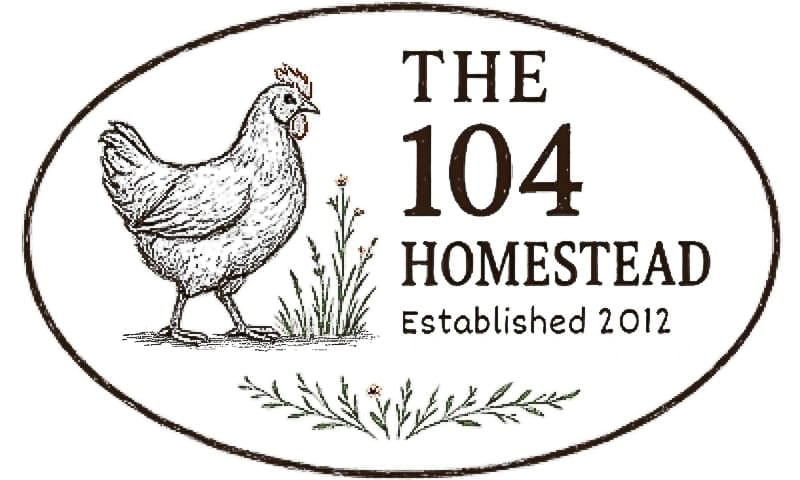How to Create the Perfect Soil for Vegetable Seedlings
Discover how to create the best soil mix for starting vegetables indoors. Simple steps for healthy seedlings and a bountiful harvest!

Starting vegetables from seed indoors is a cost-effective and rewarding way to jumpstart your gardening season, but success hinges on one crucial factor: the soil. I remember my first attempt—using standard garden soil—which resulted in compacted pots and stunted growth. That experience taught me the value of a good seed-starting mix.
In this post, I’ll guide you through creating the best soil mix for starting vegetables indoors. Whether you’re a beginner or looking to improve your seed-starting game, this comprehensive guide will help you provide your seeds with the perfect foundation for healthy growth.
Why Soil Matters for Seed Starting
Seedlings have very specific needs compared to mature plants. The soil you use plays a critical role in their growth by providing the right balance of water retention, aeration, and nutrients.
Using regular garden soil might seem like a convenient option, but it’s often too dense, lacks proper drainage, and can harbor pests or diseases. A well-crafted seed-starting mix ensures your seedlings grow strong, healthy roots and get the best start possible.
Key Components of a Seed-Starting Mix
To mix the perfect soil for starting vegetables indoors, you’ll need to focus on three main components: aeration, moisture retention, and nutrition.

Base Material
The base provides structure and supports root development.
- Coco coir or peat moss: These are lightweight, retain moisture well, and create a stable foundation for your seedlings.
Tip: I prefer using coco coir because it’s sustainable and easier on the environment than peat moss. - Compost: Adds nutrients and improves the mix’s overall fertility. Use well-aged compost to avoid introducing weed seeds or pathogens. Homemade compost is excellent, but ensure it’s fully decomposed and sifted to remove large chunks.
Aeration
Seedlings need oxygen to thrive, and proper aeration ensures their roots can breathe.
- Perlite: These lightweight, white granules improve soil drainage and prevent compaction.
- Vermiculite: Helps with both aeration and water retention, ensuring the soil stays moist but not soggy.
I typically mix in both perlite and vermiculite to strike the perfect balance for my seedlings.
Nutrition
Seedlings don’t need heavy feeding initially, but a light nutrient boost helps.
- Worm castings: A natural, gentle fertilizer that enriches the soil without overpowering delicate seedlings.
- Balanced organic fertilizer: If your compost isn’t nutrient-rich, add a small amount of a slow-release organic fertilizer.
Step-by-Step Guide to Mixing Your Seed-Starting Soil
Gather Your Ingredients
You’ll need:
- 4 parts coco coir or peat moss
- 1 part compost
- 1 part perlite
- 1 part vermiculite
- A handful of worm castings or 1 tablespoon of organic 3-3-3 fertilizer per gallon of soil mix

Moisten Your Base
Slightly dampen the coco coir or peat moss before mixing to make it easier to combine with the other ingredients. Aim for the texture of a wrung-out sponge—moist but not dripping.
Combine Ingredients
In a large container or wheelbarrow, thoroughly mix the coco coir, compost, perlite, vermiculite, and any additional nutrients. Make sure the mix is uniform and free of clumps.
Test the Mix
Grab a handful of the soil mix and squeeze it. It should hold its shape when compressed but crumble easily when poked. If it’s too dry, add water. If it’s too wet, mix in more perlite.
Tips for Success with Your Soil Mix
To make sure your seedlings thrive, sterilize your compost before using it in your soil mix. This helps eliminate potential pathogens that could harm young plants. To sterilize, simply bake your compost in the oven at 180°F for 30 minutes.
Also, it’s important to avoid over-fertilizing your seedlings, as they are sensitive to high nutrient levels. Stick with light, slow-release fertilizers to provide a gentle boost without overwhelming delicate roots.
Lastly, store extra soil mix in an airtight container to maintain its moisture and prevent contamination from pests or debris. Proper storage ensures your mix is ready to use when needed.

Your Soil Mixing Questions Answered
I’ve experimented with many seed-starting mixes over the years, and this recipe has been the most consistent in producing strong, healthy seedlings. Using coco coir as the base has reduced my reliance on peat moss, and incorporating worm castings gives my plants a noticeable boost.
If you’re short on time or resources, you can buy pre-made seed-starting mixes, but DIYing your own mix gives you complete control over quality and ingredients.
Pin it now—grow healthier vegetables indoors later!

Mixing the best soil for starting vegetables indoors doesn’t have to be complicated, and it’s one of the most rewarding ways to set your garden up for success. With a little preparation and the right ingredients, you can create a nutrient-rich, well-draining soil mix that gives your seedlings the strong start they need.
Starting your vegetables indoors is just the beginning of the journey. If you’re unsure which veggies are easiest to grow from seed, you’ll find some beginner-friendly ideas to get started. Wondering how to keep your seedlings from becoming weak and leggy? I’ve got you covered there too. As you prep for planting outdoors, it’s essential to understand your gardening zone and frost dates to avoid costly mistakes. And when it’s time to move your seedlings outside, learning the best techniques for hardening them off will ensure a smooth transition.
What’s your go-to soil mix for starting seeds indoors? Have you tried making your own? Share your tips and experiences in the comments below—I’d love to hear from you!



